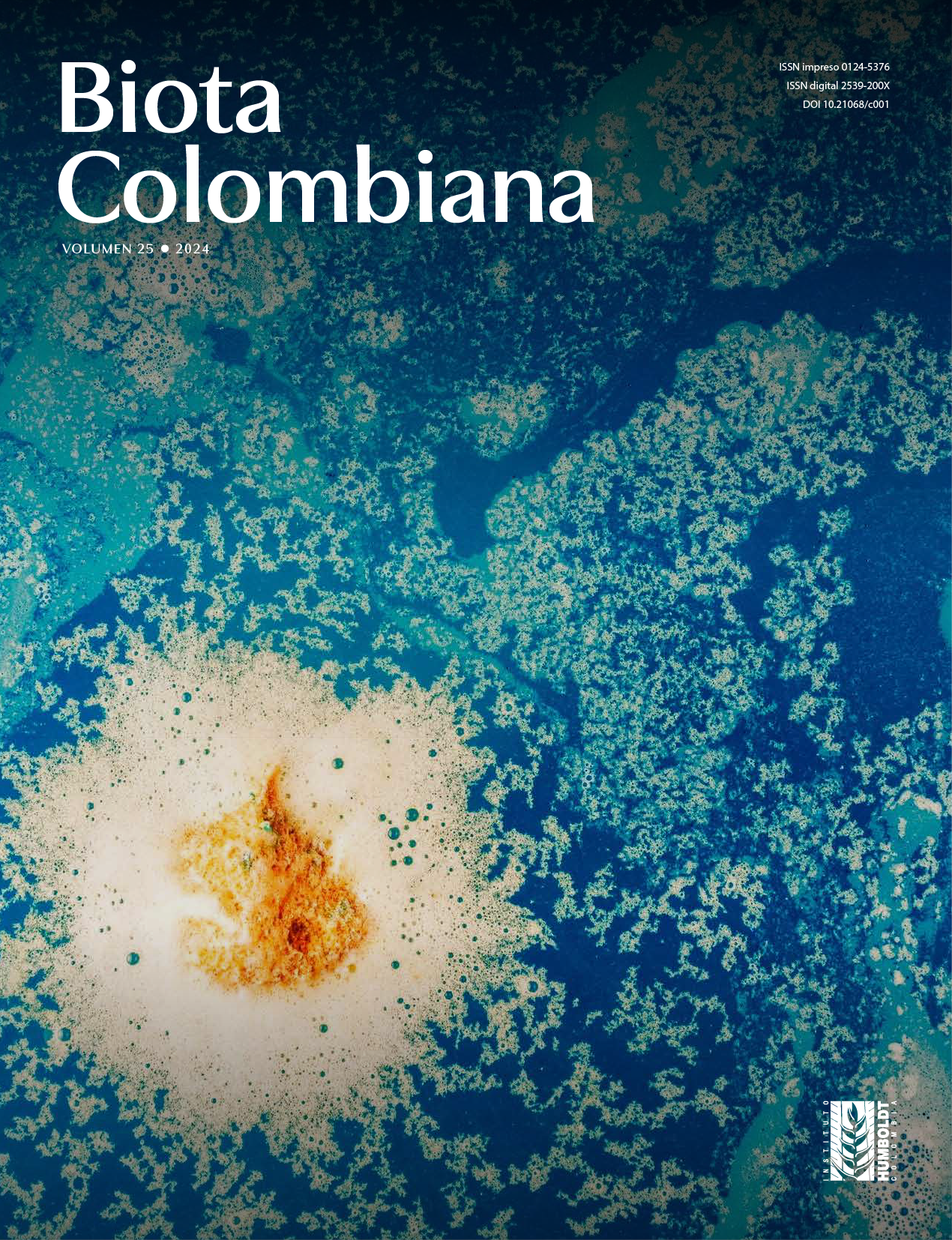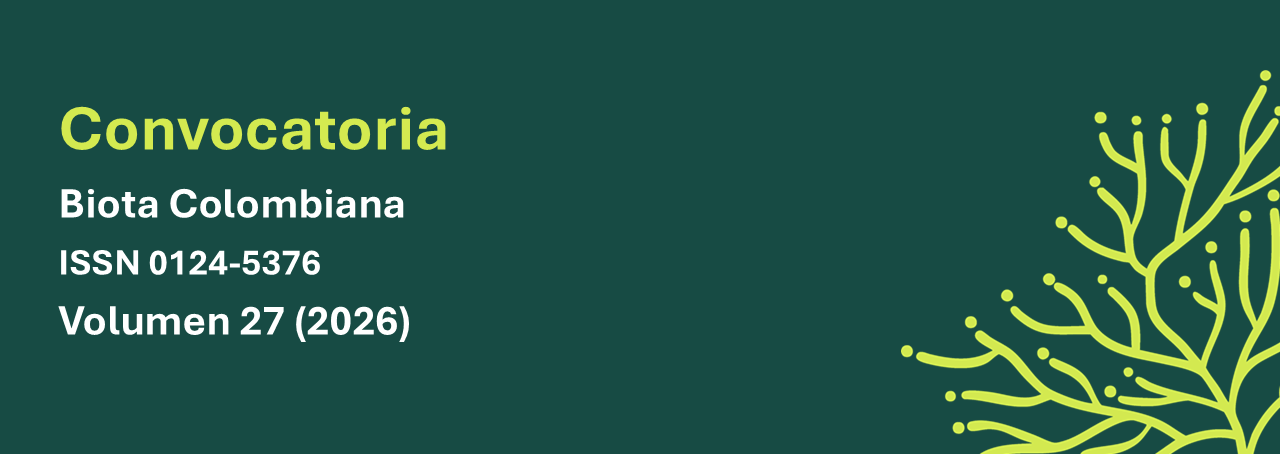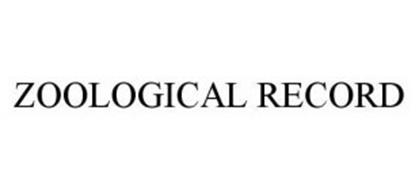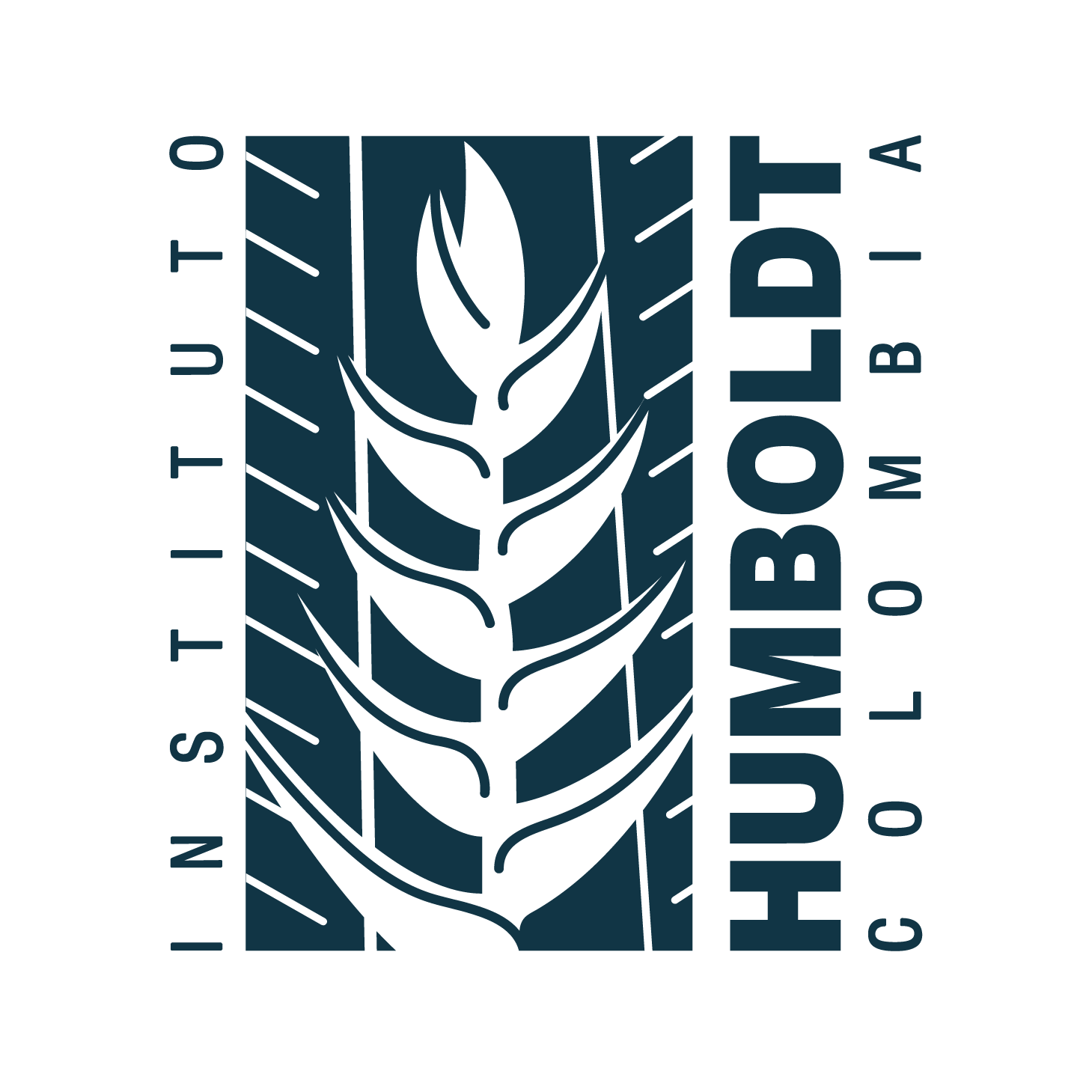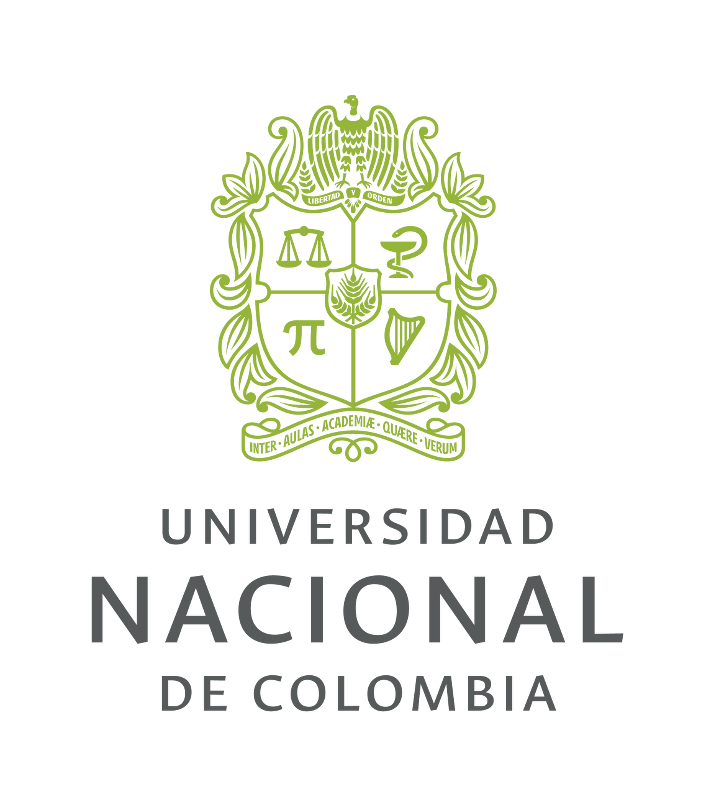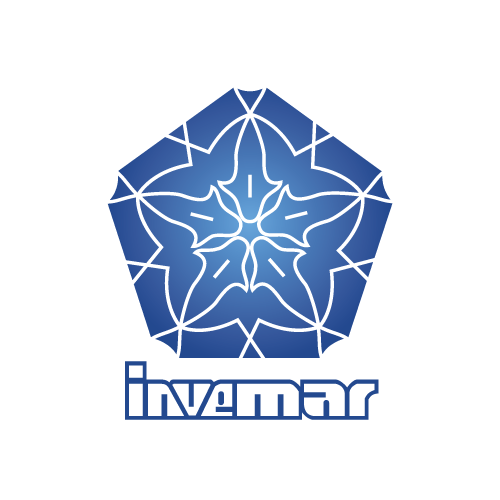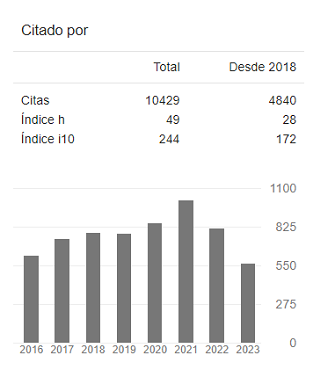Recibido: 9 de mayo de 2023; Aceptado: 7 de febrero de 2024; : 12 de julio de 2024
Resumen
El objetivo del estudio fue determinar la diversidad y abundancia de la entomofauna asociada a cinco variedades de alfalfa (Medicago sativa) bajo condiciones de riego normal y riego deficitario. Las variedades estudiadas fueron Cuf 101, Alfamaster, Moapa 69, Hortus 1001 y California. Los insectos fueron recolectados utilizando la técnica de barrido, en intervalos de siete días, desde la emergencia hasta el primer corte del cultivo. En total fueron recolectados 4375 especímenes, distribuidos en ocho órdenes taxonómicos, once familias y catorce géneros. El orden Coleoptera estuvo representado por dos familias y cuatro géneros; el Hemiptera, por cuatro familias y cinco géneros; y los órdenes Diptera, Orthoptera, Lepidoptera, Hymenoptera y Neuroptera, por un género cada uno. En cada fase fenológica la mayor abundancia fue registrada en la etapa de floración y maduración. Se encontraron cinco géneros fitófagos (Acyrthosiphon, Aphis, Schistocerca, Polites y Conoderus) y ocho géneros benéficos (Toxomerus, Coccinella, Harmonia, Cycloneda, Coranus, Zelus, Polistes y Chrysoperla). Las variedades Cuf 101 y California con riego normal albergaron la mayor riqueza entomológica. El orden más representativo fue Diptera y la familia de mayor abundancia fue Syrphidae (depredadores de hemípteros).
Palabras clave:
Syrphidae, insectos, fitófagos, entomófagos, depredadores, forrajes, parasitoides.Abstract
The objective of the study was to determine the diversity and abundance of the entomofauna associated with five varieties of alfalfa (Medicago sativa) under normal irrigation and deficit irrigation conditions. The varieties studied were Cuf 101, Alfamaster, Moapa 69, Hortus 1001 and California. The insects were collected using the sweeping technique, in seven-day intervals, from emergence to the first cut of the crop. A total of 4375 specimens were collected. They were distributed in eight taxonomic orders, eleven families and fourteen genera. The order Coleoptera was represented by two families and four genera; Hemiptera, by four families and five genera; and the orders Diptera, Orthoptera, Lepidoptera, Hymenoptera and Neuroptera, by one genus each. In each phenological phase the highest abundance was recorded in the flowering and maturation stage. Five phytophagous genera (Acyrthosiphon, Aphis, Schistocerca, Polites and Conoderus) and eight beneficial genera (Toxomerus, Coccinella, Harmonia, Cycloneda, Coranus, Zelus, Polistes and Chrysoperla) were found. The Cuf 101 and California varieties with normal irrigation harbored the greatest entomological richness. The most representative order was Diptera and the most abundand family was Syrphidae (Hemiptera predators).
Keywords:
Hoverflies, insects, phytophagous, entomophagous, predators, forages, parasitoids.Introducción
La producción de pastos y forrajes para el alimento del ganado en Perú, acentuada en la región costera y en los valles interandinos, es casi exclusiva de alfalfa (Medicago sativa), con aprox. 172 000 ha (Ministerio del Ambiente, 2019). La alfalfa es un excelente forraje rico en proteínas y cobija una amplia gama de insectos plaga, enemigos naturales y polinizadores (Shebl et al., 2008). Las poblaciones de entomofauna asociada al forraje pueden variar de un campo a otro y formar agrocenosis de comunidades donde la entomofauna benéfica resulta ser un componente básico para la estabilidad del agroecosistema (Rixsikhodjaevna et al., 2021).
La diversidad de la entomofauna suele cambiar de una etapa fenológica a otra y entre rebrotes (Pertseva, 2016) debido a características biológicas y condiciones de cultivo (Melikhov et al., 2018; Shayestehmehr et al., 2017). En ocasiones, esto resulta en la formación de entomocomplejos de insectos (Nikolova, 2021) que pueden causar daños considerables y reducir la producción del forraje.
Estudios en México indican la diversidad y abundancia de diez órdenes de insectos en el cultivo de la alfalfa (Coleoptera, Hemiptera, Hymenoptera, Diptera, Lepidoptera, Neuroptera, Orthoptera y Odonata son los más representativos) y señalan que esta riqueza probablemente se debe a la existencia de refugios y la disponibilidad de alimento que brinda el cultivo a la especie insectil (Piña & Leite, 2018).
Por su parte, en España se han registrado diferencias en la composición y diversidad de la entomofauna fitófaga y sus enemigos naturales asociada a los cítricos. Según estudios como el de Ramírez (2019), los órdenes Hemiptera y Thysanoptera son los más perjudiciales y los parasitoides de las superfamilias Chalcidoidea y Platygastroidea (Hymenoptera) son depredadores de los tisanópteros del género Aeolothrips. Esta riqueza de entomofauna está asociada a la influencia de la cubierta vegetal presente.
Una de las preocupaciones más latentes del cultivo de pastos es la alteración de factores ambientales como resultado del cambio climático, sobre todo en las zonas de bajo riego, donde el suministro de agua es escaso. El déficit hídrico tiene serias consecuencias en los pastos cultivados, ya que afecta negativamente su crecimiento y la producción de materia seca (Bertram et al., 2021; Luna et al., 2020). Sin embargo, algunas variedades de este cultivo resultan ser tolerantes al estrés hídrico (Delgado et al., 2014; Zhang et al., 2019). En estos casos, la planta suele desarrollar un potente sistema radicular que le permite extraer agua de las profundidades (Zhao et al., 2016). De hecho, se ha comprobado que las variedades de tipo rastreras son las más resistentes a la escasez del agua, dado que una parte de los tallos y de las reservas nutritivas permanecen bajo el suelo (Orloff, 2018; Delgado, 2020).
En la actualidad, no se ha encontrado información publicada sobre las comunidades de insectos asociadas a diversas variedades de alfalfa en condiciones de riego y secano. Para llenar este vacío de información, la presente investigación analiza la diversidad y riqueza de insectos bajo dichas condiciones, dado que la alfalfa es uno de los principales pastos que se cultivan en Perú. Adicionalmente, se identifican las variedades de alfalfa tolerantes a la sequía con relación a la riqueza de la entomofauna en cada una de ellas, lo que convierte este trabajo en una herramienta clave para el diseño de estrategias de manejo en el cultivo.
Materiales y métodos
Ubicación
Los estudios se llevaron a cabo en las parcelas agrícolas del Centro de Producción, Investigación y Experimentación Canchan, región Huánuco-Perú, a una altitud de 2020 m s. n. m. (9°55'15,63"S, 76°18'39,18"O), en la temporada julio-diciembre de 2022.
Diseño experimental
El experimento fue establecido bajo un diseño de bloques completos al azar (DBCA), con arreglo factorial de 5*2 (cinco variedades y dos sistemas de manejo: riego y secano), en un área de 1200 m2 y densidad de siembra de 30 kg por hectárea. Para todos los tratamientos, se realizaron dos riegos: el primero, tres días antes de la siembra, y el segundo, posterior a la emergencia, con el fin de facilitar el desarrollo del cultivo. Posteriormente, se limitó el recurso hídrico de acuerdo con los tratamientos en estudio. Durante el experimento no se aplicaron pesticidas, dado que el objetivo era determinar la riqueza de la entomofauna.
Tratamiento
Las variedades de alfalfa utilizadas en el experimento bajo sistemas de manejo con riego y sin riego fueron: Cuf 101 sin riego (v1h0) y con riego (v1h1), Alfamaster sin riego (v2h0) y con riego (v2h1), Moapa 69 sin riego (v3h0) y con riego (v3h1), Hortus 1001 sin riego (v4h0) y con riego (v4h1), y California sin riego (v5h0) y con riego (v5h1).
Recopilación de información
Para determinar la abundancia, que corresponde al número promedio de individuos de cada género capturados por parcela, y la diversidad de los insectos según las condiciones de manejo y fenología del cultivo, se utilizó la técnica de barrido de redes y la técnica de golpes de plantas sobre una bandeja de plástico (para los insectos sedentarios), en intervalos de siete días. La red entomológica para tomar muestras en cada unidad experimental se usó en cinco pasadas de manga, con recorridos en zigzag, evitando los márgenes. La identificación de la entomofauna se realizó con la ayuda del microscopio estereoscópico VE-S5 VELAB, claves taxonómicas y la confirmación de los especialistas del Servicio Nacional de Sanidad Agraria.
Análisis estadístico
Las variables de riqueza taxonómica y abundancia de órdenes, familias y géneros fueron calculadas a través del índice de Shannon, Margalef y el índice de Simpson. Las diferencias poblacionales de la entomofauna entre los tratamientos de estudio fueron verificadas con el test de normalidad y homocedasticidad, y determinadas con ANOVA y la prueba de LSD Fisher (p < 0,05), a través del software estadístico Infostat.
Resultados y discusión
Diversidad
La Tabla 1 muestra la riqueza biológica, conformada por un total de ocho órdenes taxonómicos divididos en once familias y catorce géneros. El orden Coleoptera está representado por dos familias y cuatro géneros; Hemiptera, por cuatro familias (incluida Aphididae); Diptera, por la familia Syrphidae; Lepidoptera, por la familia Hesperiidae; y los órdenes Humenoptera y Neuroptera, por una familia cada uno.
Notas. * = insecto benéfico.
Tabla 1.: Clasificación de taxones encontrados en el área de estudio por orden, familia y género.
Orden
Familia
Género
Diptera
Syrphidae
Toxomerus*
Orthoptera
Acrididae
Schistocerca
Lepidoptera
Hesperiidae
Polites
Coleoptera
Coccinellidae
Coccinella*
Harmonia *
Cycloneda*
Elateridae
Conoderus
Hemiptera
Aphididae Pentatomidae
Acyrthosiphon
Aphis
Nezara*
Reduviidae
Coranus
Zelus*
Hymenoptera
Vespidae
Polistes*
Neuroptera
Chrysopidae
Chrysoperla*
Entre los géneros encontrados, ocho son de carácter benéfico (Toxomerus, Coccinella, Harmonia, Cycloneda, Nezara, Zelus, Polistes, Chrysoperla), ya que pueden actuar como controladores biológicos de las especies correspondientes a los seis géneros fitófagos en el cultivo de la alfalfa. Estos resultados son similares a lo reportado por Nikolova (2021) en Pleven, Bulgaria, a una altitud de 116 m s. n. m., en campos forrajeros de alfalfa evaluados por cada ciclo de crecimiento durante cuatro años consecutivos. Allí, se registraron frecuentemente los órdenes Coleoptera, Thysanoptera, Diptera, Ortoptera y Hemiptera, que albergan géneros de importancia benéfica y perjudicial.
Por su parte, Genzhemuratovna y Sherniyazovich (2021) identificaron 9 órdenes, 29 familias y 125 especies de la clase Insecta, distribuidos entre entomofauna plaga y benéfica, en la República de Karakalpakstan (Asia central), a una altitud de 107 m s. n. m., en campos forrajeros de alfalfa.
En México, aparte de albergar diversas especies dentro de los órdenes citados, los alfalfares también sirven como reservas naturales de insectos que controlan a las plagas (Alarcón et al., 2008).
Respecto a la riqueza específica de insectos, el índice de Margalef fue acentuado en rangos por debajo de 2 (los mayores índices los presentaron los tratamientos v2h1 y v5h0, con DMg = 1,18). Estos resultados sugieren que las variedades de alfalfa analizadas albergan poca biodiversidad de insectos. Sin embargo, en el estudio también se evidenció un incremento de riqueza en las distintas fases de desarrollo del cultivo. En el macollamiento, se constató la presencia de cuatro géneros; en la etapa de botón floral, la diversidad incrementó a nueve géneros; y un comportamiento similar se observó en la fase de botón floral, con la aparición de dos géneros más en la etapa de floración, para un total de once géneros en la maduración, tal como se observa en la Tabla 2.
Estos resultados se aproximan a los registros de Pertseva y Vasin (2017), quienes evaluaron el efecto de la entomofauna en la productividad de la alfalfa en varias etapas de desarrollo, en los bosques esteparios de la región de Samara, Rusia. Allí, se evidenció una mayor abundancia y riqueza de invertebrados en los campos más jóvenes, así como la presencia de las familias Coccinellidae y Tettigoniidae (como los entomófagos dominantes) y cierta presencia de las plagas Bruchophagus roddi,Tychius flavus,Sitonaspp.,Adelphocoris lineolatus y larvas deHeliothis viriplacayPhytonomus transsylvanicus, propias de la agrocenosis de alfalfa. En México, Summers, Godfrey y Natwick (2007) registraron 17 géneros de parasitoides y 30 de depredadores en los campos de alfalfa.
En general, las variaciones en la riqueza de insectos entre las variedades de alfalfa y los estados fenológicos de las plantas fueron pocas (Tabla 3). Se observa una repartición equitativa de la riqueza (p= 0,065; p< 0,001) para cada fase fenológica (considerándose grupos exclusivos, según los valores en el índice de Shannon-Wiener, que no logra sobrepasar el rango 2), así como la existencia de una mediana diversidad en todos los tratamientos (índice de Simpson con valores hasta 1), referida a la alta probabilidad de que, al tomar dos individuos al azar, ambos sean del mismo orden.
Tabla 2.: Riqueza de géneros taxonómicos en las diferentes etapas fenológicas del cultivo.
Macollamiento
Prebotón floral
Botón floral
Floración
Maduración
Acyrthosiphon
Coranus
Toxómerus
Coccinella
Polistes
Aphis
Zelus
Zelus
Harmonia
Coccinellidae
Toxomerus
Acyrthosiphon
Conoderus
Cycloneda
Acrididae
Schistocerca
Aphis
Syrphidae
Acyrthosiphon
Chrysoperla
Coccinella
Coccinella
Aphis
Nezara
Harmonia
Harmonia
Polites
Coranus
Cycloneda
Nezara
Schistocerca
Zelus
Toxómerus
Coranus
Polistes
Polistes
Schistocerca
Polistes
Toxómerus
Aphis
Conoderus
Toxómerus
Harmonia
Notas. v1 = Cuf 101, v2 = Alfamaster, v3 = Moapa 69, v4 = Hortus, v5 = California; h0 = sin riego; h1 = con riego.
Tabla 3.: Riqueza de órdenes taxonómicos en las variedades de alfalfa, bajo riego y secano y en sus fases fenológicas.
Tratamiento
Macollamiento
Prebotón floral
Botón floral
Floración
Maduración
v1h1
4
4
5
7
8
v1h0
3
4
9
9
9
v2h1
4
6
6
6
11
v2h0
3
6
4
5
8
v3h1
2
8
8
7
7
v3h0
2
6
7
10
6
v4h1
3
3
4
5
7
v4h0
2
2
4
4
7
v5h1
4
9
9
9
11
v5h0
3
8
8
10
11
Notas. * = diferencia estadística P < 0,05.
Tabla 4.: Abundancia de insectos por orden taxonómico en las diferentes etapas fenológicas del cultivo.
Orden
Riqueza en familias
Abundancia
Abundancia (%)
Macollamiento
Prebotón floral
Botón floral
Floración
Maduración
Diptera
1
1479
72,9 %*
74,8 %*
70,34 % *
43,7 %*
17,11 %
Hemiptera
2
2160
6,77 %
9,73 %
21,88 %
25,28 %
33,78 %*
Orthoptera
1
147
12,6 %
7,82 %
1,91 %
4,71 %
2,65 %
Lepidoptera
1
118
3,17 %
2,96 %
1,91 %
6,42 %
8,11 %
Hymenoptera
3
17
3,81 %
0,00 %
0,00 %
2,57 %
3,00 %
Coleoptera
1
417
0,63 %
4,65 %
2,2 %
12,6 %
32,6 %*
Neuroptera
1
37
4,71 %
2,65 %
Índice de Shannon
1,6
1,94
1
1,59
1,77
Índice de Simpson
2,38
0,08
5,08
2,32
1,99
Los tratamientos con mayor riqueza de entomofauna fueron v5h1, v5h0 y v2h1, que llegaron a albergar hasta once géneros en la etapa de maduración y tuvieron mayor riqueza durante toda la fase fenológica de la planta, a diferencia de los tratamientos v4h1 y v4h0, que tuvieron menor diversidad y riqueza.
Según los reportes de Aguilar (2018), las variedades Alfamaster (v2h1) y California (v5h1) son especies con mayor relación hoja/tallo que producen buena materia seca. Esto se traduce en una alta calidad nutritiva, lo cual resulta favorable para los animales que las consumen (incluida la entomofauna perjudicial), además de convertir a estas variedades en buenos refugios con disponibilidad de alimento constante para la entomofauna benéfica.
Riqueza asociada a fases fenológicas
En total, se recolectaron 4375 especímenes, distribuidos en 473 insectos en la fase de macollamiento, 798 en la fase de prebotón floral, 844 en la fase de botón floral, 927 en la floración y 1333 en la fase de maduración. Se encontraron diferencias en los valores de abundancia entre una fase fenológica y la otra (p < 0,05), de lo cual se derivan los cálculos porcentuales y el análisis de varianza para determinar la diferencia estadística.
El orden Diptera, representado por la familia Syrphidae, es el de mayor abundancia en cada etapa fenológica (46,9 %) (Figura 1), seguido del orden Hemiptera, con mayor presencia en las variedades Moapa 69 y Hortus 1001. Asimismo, se registró una mayor presencia de la familia Coccinellidae en las mismas variedades (p < 0,0001). Estos resultados concuerdan con la identificación de especies de Coccinellidae depredadoras y de la especie de Aphididae predominante (Aphis craccivora Koch, 1854) en el cultivo de zarandaja en Ica, Perú (Collantes et al., 2021). También son similares a los resultados de Almdal et al. (2023), quienes evaluaron el brote de áfidos y las respuestas de los depredadores en cultivos anuales en los campos de Manitoba (Canadá). En su investigación encontraron que las familias Coccinellidae y Syrphidae, depredadores de áfidos, fueron las más abundantes, y mostraron movimientos e incremento poblacional dentro y fuera del cultivo objetivo, de acuerdo con la abundancia de sus áfidos presa. Al respecto, Pons y Nuñez (2020) indican que es frecuente observar pocas especies de invertebrados como plaga en los campos de alfalfa de Aragón-Zaragoza, España. La gran mayoría resulta ser plagas potenciales que se mantienen en equilibrio debido a la presencia de enemigos naturales que aportan servicios ecosistémicos importantes. En ese sentido, la alfalfa actúa como reservorio de aquellas especies que ejercen un control biológico natural.
Figura 1.: Abundancia de insectos por familia en las cinco variedades de alfalfa
Abundancia asociada a fases fenológicas
Al evaluar la abundancia de entomofauna en las distintas fases fenológicas, se encontraron diferencias según el tratamiento (Tabla 5). Durante el macollamiento, v1h1 presentó la mayor abundancia (20,67 insectos en promedio), seguido de v2h1. En la etapa de prebotón floral, v5h1 fue el de mayor abundancia (31 insectos en promedio), seguido de v5h0 (29 insectos en promedio). Para la fase de botón floral, v1h0 presentó la mayor cantidad de insectos (44,33 insectos en promedio). En la floración, el tratamiento v5h0 fue el de mayor abundancia (39 insectos en promedio). Finalmente, en la fase de maduración, los tratamientos v1h1 y v5h0 tuvieron las poblaciones más altas (55 y 55,33 insectos en promedio, respectivamente), en contraste con los tratamientos v3h0 y v4h1, que registraron bajas poblaciones (Tabla 3).
Notas. CV = coeficiente de variación; * = diferencia estadística P < 0,05.
Tabla 5: Abundancia de entomofauna por tratamiento en las diferentes fases fenológicas del cultivo.
Tratamiento
Abundancia promedio de la entomofauna
Macollamiento
Prebotón floral
Botón floral
Floración
Maduración
v1h1
20,67 *
25,67
33,33
32,67
55,00 a
v2h1
18,33
28,00
26,00
26,33
44,00 b
v2h0
16,67
23,67
31,33
27,67
44,00 b
v4h1
16,33
25,67
24,33
32,00
35,00 c
v5h1
15,67
31,00 *
18,33
29,00
47,00 b
v3h1
14,67
26,00
28,00
28,00
41,00 b
v1h0
14,67
26,67
44,33 *
27,67
45,00 b
v3h0
14,67
27,00
29,33
34,00
35,00 c
v5h0
14,00
29,00
20,67
39,00 *
55,33 a
v4h0
12,00
23,33
25,67
32,33
43,00 b
CV (%)
18,34 %
6,52 %
32,85 %
6,85 %
9,11 %
p-valor
0,0861
0,0012
0,01243
0,0001
0,0001
Los estudios de Shebl et al. (2008) en Ismailia, Suez, Swia Oasis y los valles de Egipto demuestran que las poblaciones de insectos en la alfalfa varían considerablemente de un lugar a otro. En su caso, registraron una mayor abundancia de las especies Cosmlyce baeticus e Hypera brunniepennis; del complejo de pulgones de los géneros Acyrthosiphon, Therioaphis y Aphis, como plaga; y de las familias Syrphidae (específicamente Syrphus spp.) y Coccinellidae, como benéficas. El rápido incremento de las poblaciones de pulgones en los campos alfalfa puede deberse a sus hábitos gregarios, alta tasa reproductiva y mayor puesta de huevos, así como a su capacidad para poder adaptarse a las condiciones climáticas (Piña & Leyte, 2018).
Conclusión
La composición de la entomofauna registrada fue de seis géneros fitófagos de alfalfa y ocho géneros benéficos. Las variedades Cuff y California fueron las que presentaron una mayor riqueza de insectos. De los órdenes registrados, los más representativos fueron Diptera, Hemiptera y Coleoptera. A nivel de familia, Syrphidae (depredadores de Hemiptera) fue la de mayor abundancia.
Esta investigación subraya la importancia de considerar la biodiversidad entomológica en la gestión de cultivos de alfalfa y promover prácticas agrícolas que beneficien tanto a la producción como al equilibrio ecológico. La presencia de enemigos naturales, como los Syrphidae, destaca la necesidad de conservar y fomentar estos aliados biológicos en los sistemas agrícolas, asegurando un manejo integrado y sostenible de plagas.
Las condiciones de riego normal determinaron una mayor riqueza de entomofauna en las diferentes fases fenológicas del cultivo de las variedades evaluadas.

